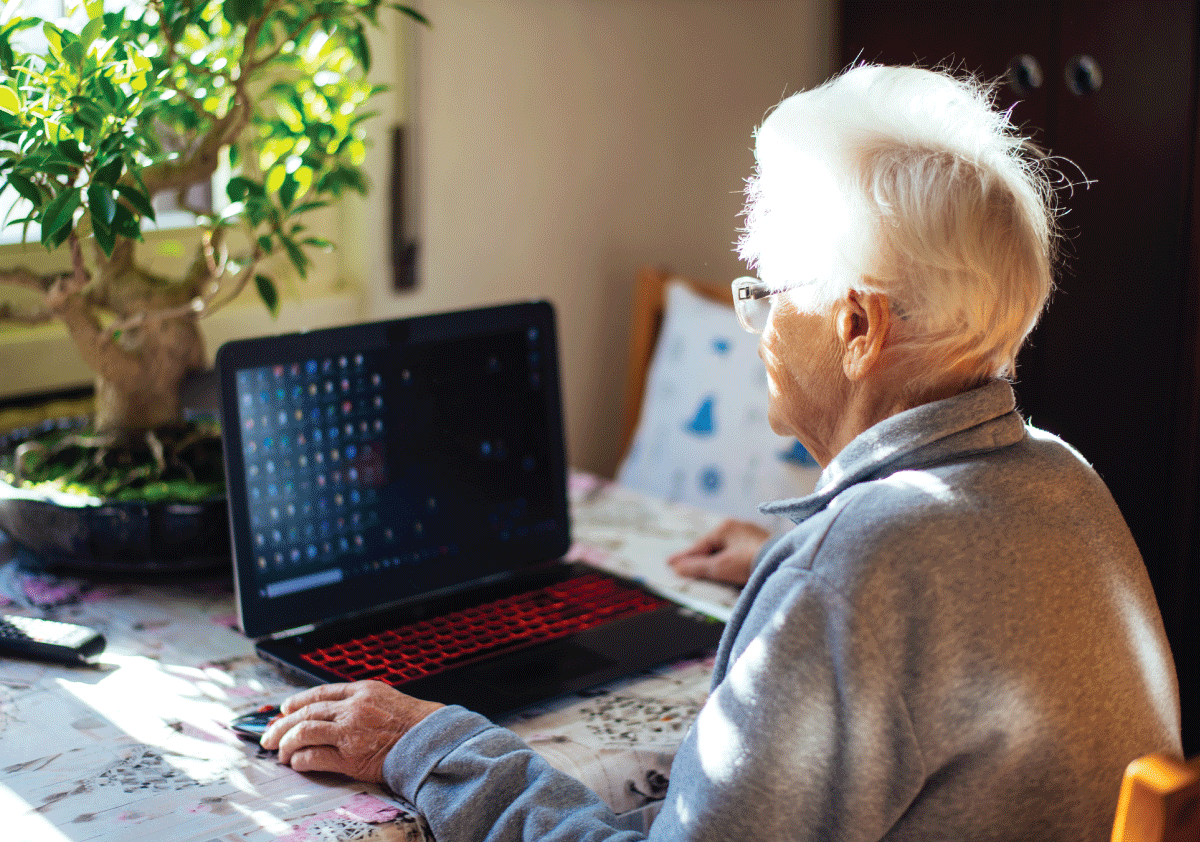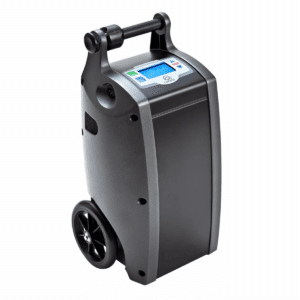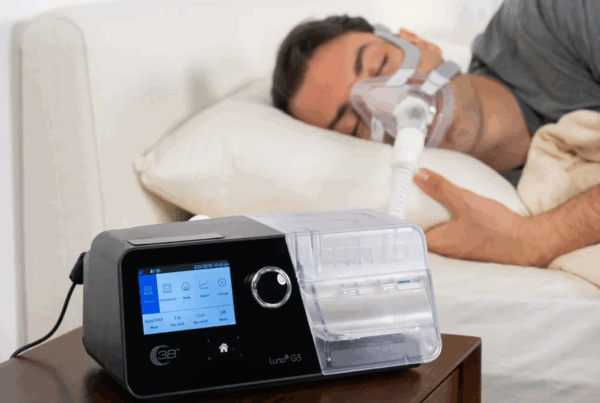Flying with Oxygen: What You Need to Know Before You Travel
Traveling with a portable oxygen concentrator (POC) doesn’t have to be stressful. With the right preparation, you can enjoy your trip while staying safe and compliant with airline rules. This guide combines everything you need to know about documents, equipment, and air travel requirements so you can fly with confidence.
Documentation You’ll Need
FAA Approval
Your portable oxygen concentrator must be FAA-approved for in-flight use. Look for a label or paperwork that says “FAA Compliant per RTCA/DO-160.” You can also check the FAA-approved list or confirm with your airline before traveling.
Medical Certificate or Doctor’s Note
Not every airline requires this, but many recommend it. Having a doctor’s statement on hand helps avoid delays and should confirm:
- You’re able to travel.
- You require oxygen at a specific flow rate.
- Your POC can safely deliver oxygen at that flow.
- You can operate the device yourself or be accompanied by someone who can.
Some airlines may provide their own medical form, often called a MEDIF (Medical Information Form). To avoid surprises, call your airline within 72 hours of your flight to confirm requirements.
Battery and Power Plan
Airlines require you to bring enough battery power for at least 150% of your flight time to account for delays.
- Example: A 4-hour flight requires at least 6 hours of battery life.
- Spare batteries must be stored in your carry-on luggage, not checked baggage.
- Because batteries can be heavy, consider traveling with a companion who can help with carrying and setup.
Advance Notice
Even if not required, most airlines request at least 72 hours notice if you’re traveling with oxygen. This ensures smoother check-in, boarding, and coordination with staff.
What to Know Before Boarding
Oxygen Provided by Airlines
- U.S. airlines no longer provide oxygen onboard. You must bring your own FAA-approved Portable Oxygen Concentrator (POC).
- Some international carriers may still offer oxygen for a fee; check directly with the airline when booking.
Security Screening
Your POC can go through TSA security screening. It may be X-rayed or swabbed, but you’re usually allowed to continue using it during the process if necessary.
In-Flight Use
- Keep your POC under the seat in front of you, not blocking the aisle.
- You may use your POC during taxi, takeoff, cruising, and landing.
International Rules
Each country may have its own policies on traveling with oxygen. If flying internationally, confirm requirements directly with the airline before your trip.
Seating Restrictions
For safety reasons, passengers using POCs cannot sit in exit rows. Be sure to request a different seat when booking or during your pre-travel call.
Suggested Steps Before You Fly
To simplify the process, follow this checklist:
- Confirm your POC is FAA-approved.
- Review your airline’s website for medical form requirements.
- Have your doctor provide any necessary documentation.
- Call your airline at least 48 hours before departure to notify them.
- Bring extra batteries to cover 1.5 times the length of your flight.
- Pack all paperwork (doctor’s note, airline forms, device instructions) in your carry-on.
- Arrive early at the airport to allow for extra screening.
Your Rights on U.S. Flights
As a passenger traveling with oxygen, you are entitled to certain rights:
- You may use an FAA-approved Portable Oxygen Concentrator onboard.
- Your POC does not count toward your carry-on limit.
- You may preboard if you need additional time to get settled.
- You may travel with a companion to assist you if needed.
Flying with oxygen requires more planning than a typical trip, but it doesn’t have to keep you from traveling. With the correct documentation, the right battery supply, and open communication with your airline, you can focus on your journey instead of the logistics.
Need extra batteries? Search our options.
Breathe easier, travel safer, and enjoy the freedom to reach your destination with peace of mind.
















